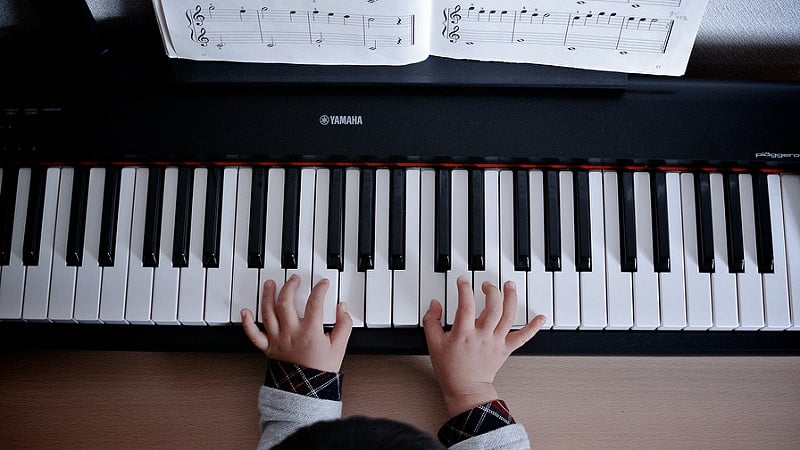
Photo: MIKI Yoshihito. (#mikiyoshihito) via Visual Hunt / CC BY
No link between In Harmony participation and attainment
Boys and children with special educational needs remain under-represented in the music education programme’s extra-curricular provision, according to a new report.
There is no statistical evidence that the In Harmony music education programme is increasing pupil attainment or wellbeing, an evaluation of the initiative has concluded.
Attainment has increased in schools participating in the programme but not to a greater degree than in comparison schools. However, researchers did find that schools remain convinced about the benefits of the programme for children’s learning, concentration, communication and perseverance skills.
“Head teachers have been really positive about the programme, saying that it’s changed the entire culture of their schools, developed vital learning skills such as concentration and perseverance, and built much greater engagement with parents,” said Richard Russell, Chief Operating Officer at Arts Council England.
Three-year study
The findings emerge in the final report of a study by the National Foundation of Education Research (NEFR) of the first three years of the scheme, which was launched in 2013 and is based on the Venezuelan El Sistema model.
The research aimed to inform the development of the initiative, focusing on:
- The impact of the programme on children’s social, emotional and educational development;
- The nature and extent of impacts on families, schools and wider communities; and
- The progress made in attracting investment into the programme.
Overall, the study found that the more a child participated in In Harmony, the more positive their attitudes to music. In addition, it found the programme is helping schools to engage with parents through children’s performances at schools and high-profile venues.
However, it found boys and children with special educational needs remain under represented in the schemes’ extra-curricular provision. 20% of children indicated they did not like singing or playing their instrument, and the report said it is important for providers and schools to work on engaging with them.
Recommendations
Schools were found to have increased the financial sustainability of the programme by growing their financial contributions and attracting funds from partners and donors, helped by the existence of core funding support from Arts Council England and the Department for Education.
As a result, the NFER report recommends further public funding for the programme on musical and social grounds, cautioning that costs are likely to increase in the future if existing In Harmony programmes continue to support children as they make the transition to secondary school.
It also asks whether a similar intensive, ensemble-based and partnership approach could be used with other musical genres and art-forms.
Richard Russell added: “Over the past four years, we have seen In Harmony offer a range of positive experiences for pupils in areas of low engagement for the arts. Schools committed over four hours of musical tuition as part of the curriculum, so that instrumental sessions became as important as maths and English.
“Based on these findings, we plan to share the principles and features of In Harmony more widely, encouraging schools, music education hubs and cultural organisations to establish new programmes using orchestral and musical ensemble methods.”
Join the Discussion
You must be logged in to post a comment.